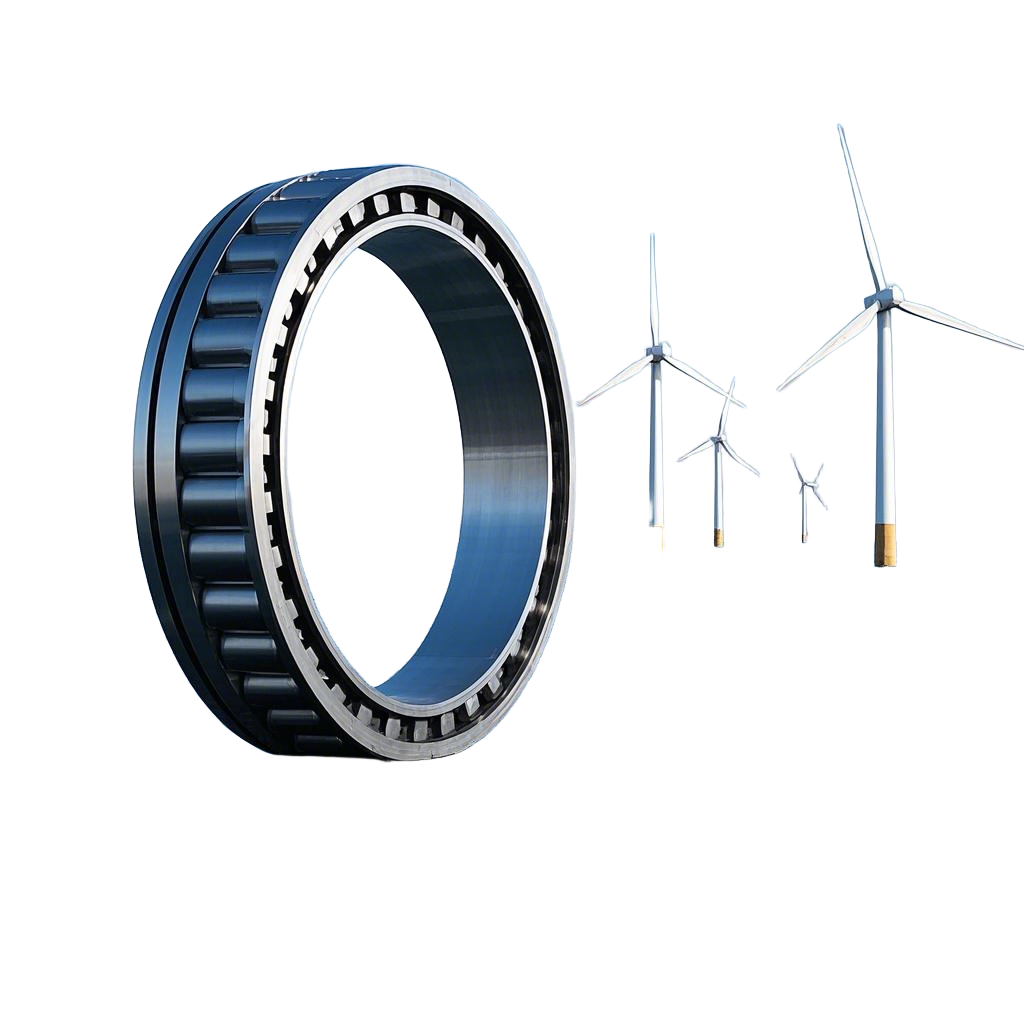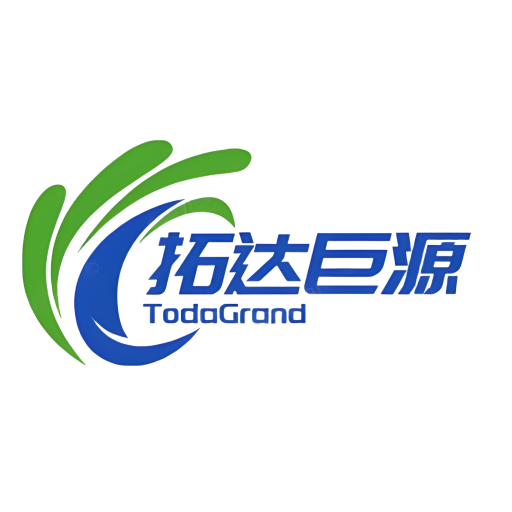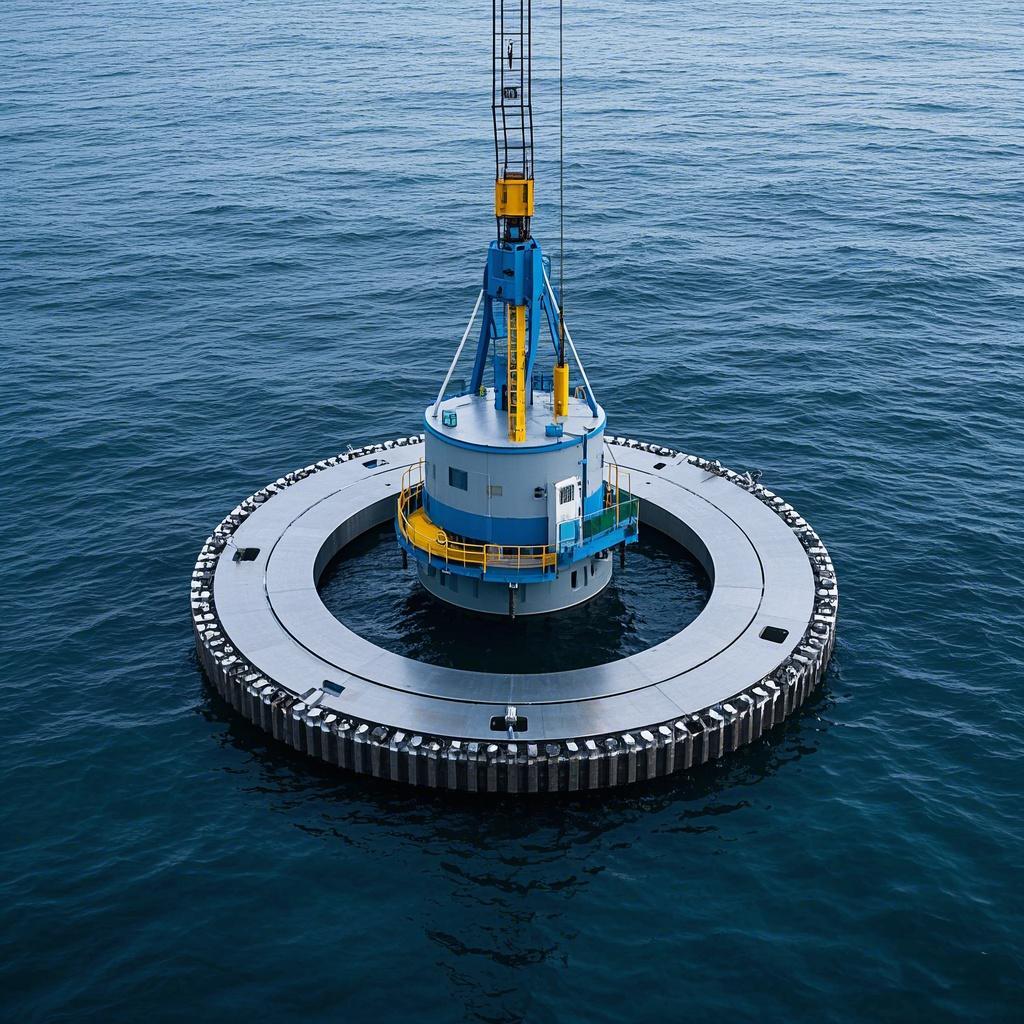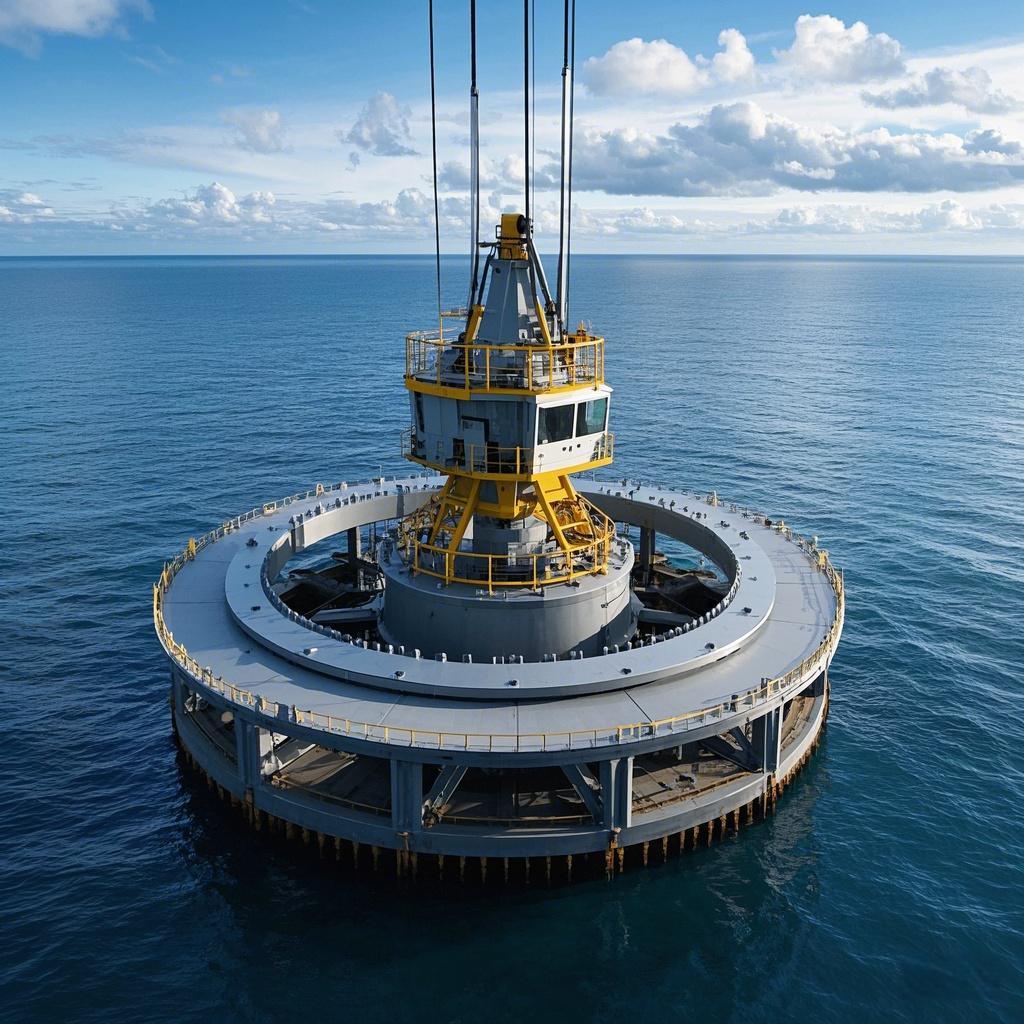The slewing support of the offshore floating crane is connected to the fixed part of the floating crane (such as the hull or foundation column) through the inner ring, and to the rotatable part (such as the turntable) through the outer ring. Under the action of the driving device, the outer ring rotates relative to the inner ring, achieving a 360 degree rotation of the upper structure of the floating crane, allowing the floating crane to perform lifting operations in different directions. By rolling the rolling elements in the raceway, friction resistance is reduced, ensuring the smoothness and flexibility of the rotation.

Service Hotline:
+86 15225525908
Service Time:
8:00–20:00
Email:
tuodajuyuan@gamail.com

Service Hotline:
+86 15225525908
Service Time:
8:00–20:00
Email:
tuodajuyuan@gamail.com
TUO DA JU YUAN:
Hainan Tuoda Juyuan Slewing Ring Co., Ltd. mainly engages in the R & D, manufacturing and sales of large – scale slewing rings, wind power bearings and other products. It is an innovative leading enterprise in multiple industries. Led by scientific and technological innovation, the company has established multiple R & D centers, obtained 79 patents, and passed a number of authoritative certifications. Based in Hainan and facing the world, the company cooperates with well – known enterprises to promote its international development.
Company address:
- 4#, Longhua Digital Economy Industrial Park,
- Haixiu Avenue, Haikeng Sub – district, Longhua District,
- Haikou City, Hainan Province
NAVIGITION:
Quality determines everything
Innovation secures the future

Copyright © 2025 by Tuoda Juyuan




